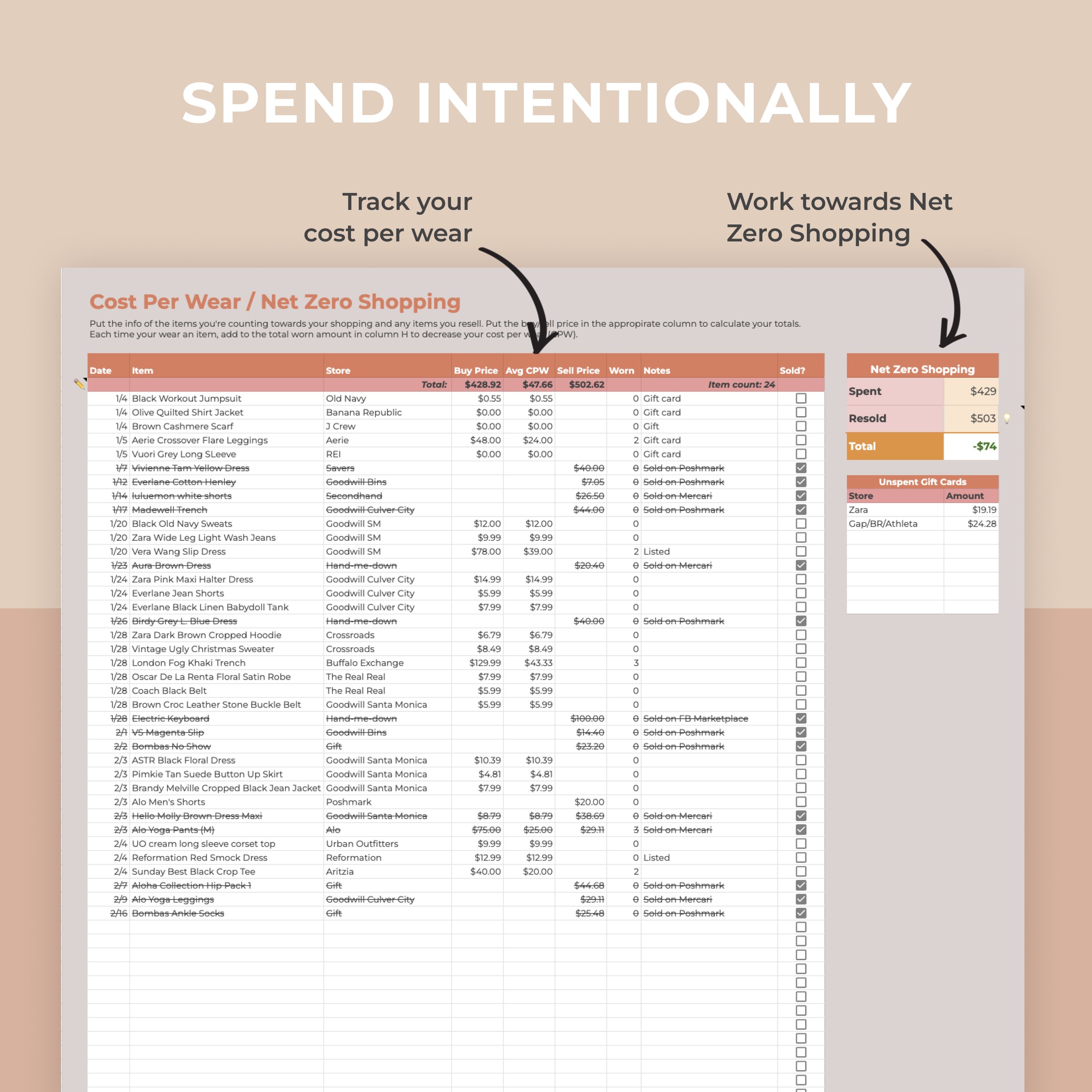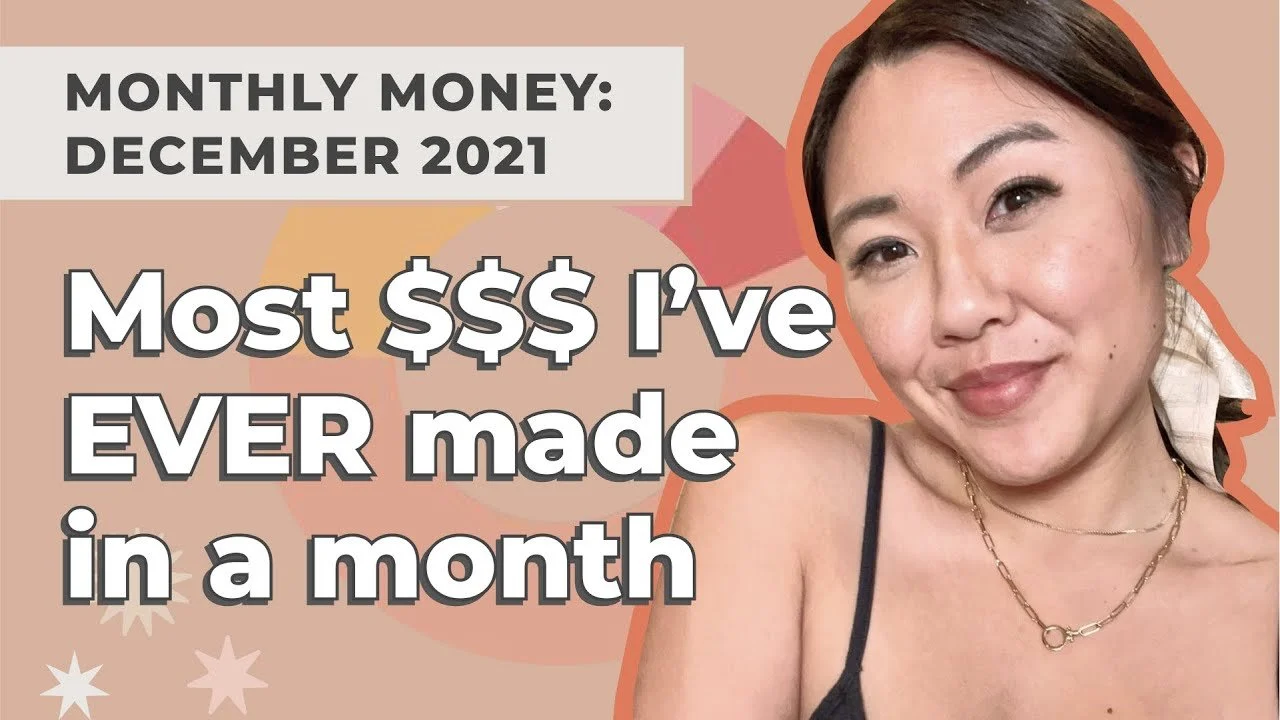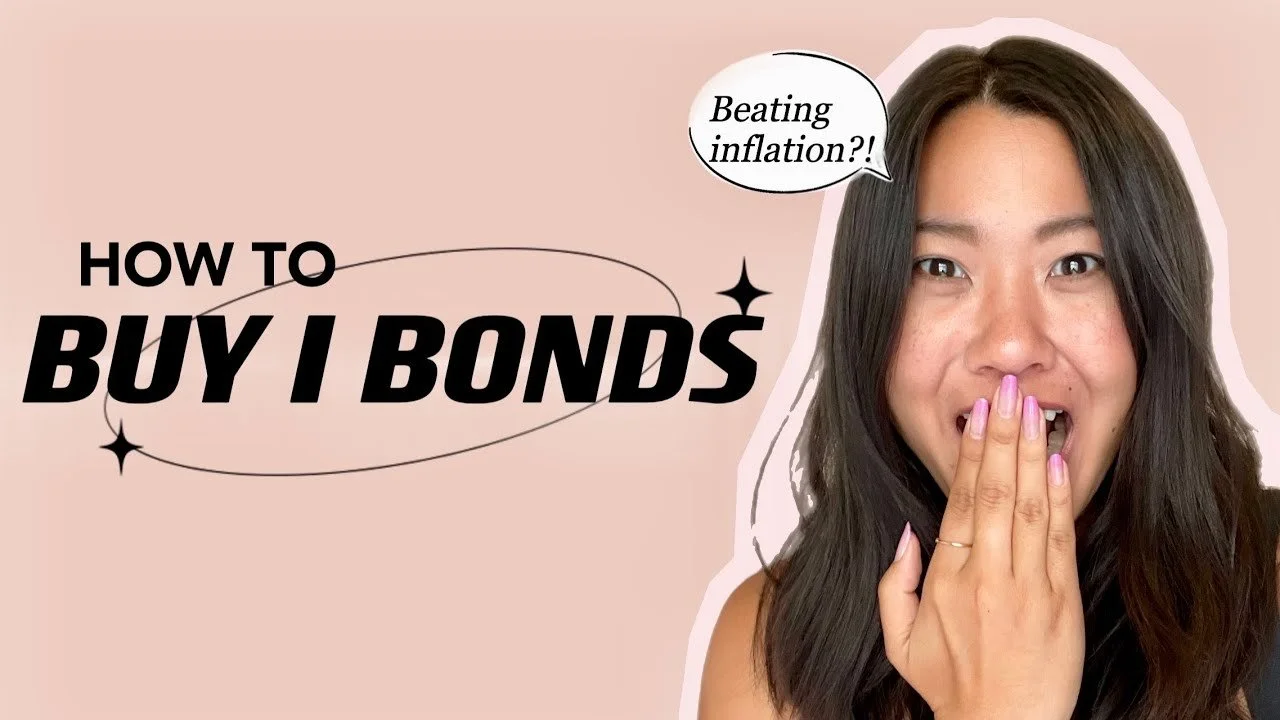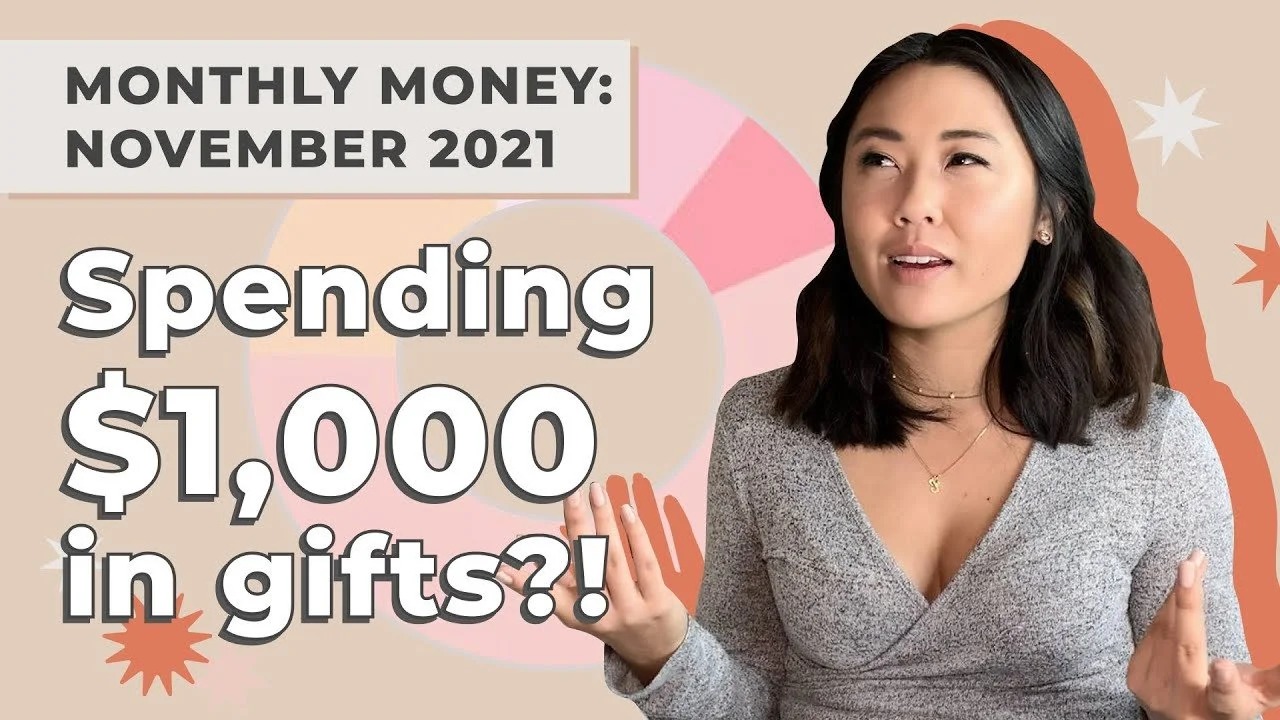Read These 4 Personal Finance Books to Launch Your FIRE Journey
/Many people have asked me where to begin on their journey to become work optional. For me, it all began with a book, and that’s why this is the starting point I recommend to people. Whether you check them out from a library or buy it for your own, these 4 books below are my absolute must reads in this specific order.
P.s. Some links below are affiliate links, meaning, at no additional cost to you, I may earn some compensation. All opinions are 100% my own! I truly appreciate you and your support. :)
1. Shift your Mindset • Read: Rich Dad, poor Dad
Rich Dad, Poor Dad by Robert Kiyosaki opens your mind to thinking like RICH people do about money. A huge factor in beginning your financial journey is being in the right mindset. Shift your frame of mind to how the wealthy think and get in the mindset that you too can become wealthy!
Don’t work for money, make your money work for you. – Robert Kiyosaki
This book was so eye opening to the power of being in control of my finances and adding ASSETS (things that make you money) versus LIABILITIES (things that lose value).
($5.39 on Amazon at time of publishing.)
2. Learn Finance Basics • Read: I Will Teach You to Be Rich
To build a house of wealth, you must first have a solid foundation. This no-bullsh*t book, I Will Teach You to Be Rich by Ramit Sethi, is a crash course on finance 101. It touches on everything from negotiating bills to credit cards. It’s funny, actionable, and doesn’t encourage living like a pauper, but rather designing a rich life.
Spend extravagantly on the things you love, and cut costs mercilessly on the things you don’t. – Ramit Sethi
I bought this book for my two younger sisters who just started working. One bought 12 copies to give to her friends as graduation presents. If that doesn’t emphasize how much of a game changer this book is, I don’t know what will convince you.
($8.79 on Amazon at time of publishing.)
3. Invest your money • Read: The Simple Path To Wealth
Read The Simple Path to Wealth by JL Collins when you’re ready to begin managing your own investments this guy breaks down how to do it simply and easily yourself. He talks about why you MUST be investing to have FU money, basically the concept of Financial Independence
I may not have owned a Mercedes, but I owned my freedom. Freedom to choose when to leave a job and freedom from worry when the choice wasn't mine. – JL Collins
TL;DR he talks about why you should be investing in low cost total US stock market index funds and total bond market index funds. That’s what I do!
($14.39 on Amazon at time of publishing.)
4. Become Financially Independent/Retire Early • Read: Quit Like A Millionaire
I loved Quit Like a Millionaire by Kristy Shen on FI/RE for several reasons—She’s a woman in a male dominated FI community, she’s makes is conservative in her estimates, and for her breakdown on what to do when once you actually crossover to FI.
If you understand money, life is incredibly easy. If you don’t understand money, like the vast majority of people, life is incredibly hard. – Kristy Shen
This is a must read for anyone pursuing financial independence and wanting to retire early. Her belief aligns 100% with mine in that no matter your circumstances, everyone can retire early (no gimmicks, luck, or trust funds required!).
($10.79 on Amazon at time of publishing.)
I’ve read manyyyy other FIRE books from Your Money or Your Life, Work Optional, and more, but these are the ones that stood out from the library of books I’ve read and continually point people to them whether their just beginning they are finance journey or somewhere in between!
Disclosure: By using some of these links, at no extra cost to you, I may earn a small commission, which helps me help you! xo


























